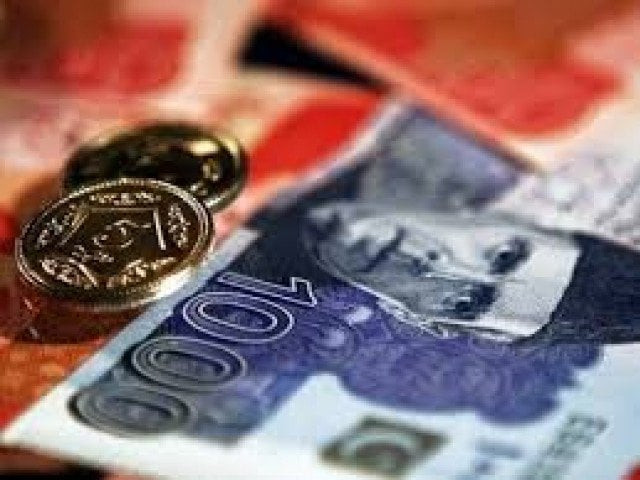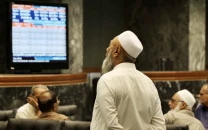Monetary policy: SBP increases key interest rate by 100 basis points to 7.5%
Hike comes as economy prepares to deal with increasing inflationary pressure

Hike comes as economy prepares to deal with increasing inflationary pressure. PHOTO: FILE
This is the third interest rate hike this year: The central bank had initially raised the rate by 25 basis points in January this year and another half per cent in May.
Cumulatively, the SBP revised up the rate by 175 basis points since January this year.
Announcing the monetary policy, SBP’s Governor Tariq Bajwa cited near-term challenges, an obvious reference to the current account and trade deficits that eroded the country’s foreign exchange reserves.
“In the medium- to long-term (perspective), the economy will remain on track,” said Bajwa.
The new interest rate regime would be effective from Monday (July 16).
Monetary policy: SBP raises key interest rate by 50 basis points to 6.5%
The average headline inflation for FY18 stands at 3.9%. But, this picture is changing rapidly as is evident from the rising (year-on-year) headline and core inflation for June 2018 at 5.2% and 7.1%, respectively.
Based on recent estimates, the SBP’s model-based range for average CPI inflation is between 6% and 7% for FY19.
“This assessment relies on higher fiscal deficit, food inflation reverting to its normal behavior, unfavorable trend in international oil prices, lagged pass-through (effect) of rupee depreciation high survey-based measures of inflation expectations captured by July 2018 edition of IBA-SBP’s Consumer Confidence Survey,” Governor SBP Tariq Bajwa said at the press conference.
The multiplier effect of a strong fiscal expansion during the second half of FY18 is likely to offset the contractionary impact of monetary tightening in recent months on domestic demand; higher international oil prices continued to inflate the import bill; rising inflation projections and the ensuing fall in real interest rates and a notable reduction in rupee and US interest rate differential.
“Real Effective Exchange Rate (rupee-dollar parity) and monetary policy (the benchmark interest rate) are two effective tools available with the central bank to deal with the situation. We are using both of them,” he said.
The government dealt with the emerging situation by imposing regulatory (additional) duties on imports and offering an export package for FY18, he said.
The central bank depreciated rupee by as much as 15% over the past seven months for boosting exports, slowing down imports to tame current account deficit that grew to an “unsustainable level”, he said.
“The prime minister, finance minister and the SBP governor are the only three people who (mutually) decide what would be the real effective exchange rate,” he said.
Although exports and workers’ remittances had improved, “the sheer size of imports continues to pressurize foreign exchange reserves”, he said.
GDP growth at 5.5% in FY19
The SBP projected FY19 GDP growth to be around 5.5% against the annual target of 6.2%.
The country provisionally achieved a 13-year high growth rate of 5.8% in FY18.
“Real economic activity repeated its strong FY17 performance. However, towards the end of FY18, some challenges cast shadows on the capacity of the real sector to continue treading this high growth path.
Monetary policy: Contrary to expectations, SBP keeps key interest rate unchanged at 6%
The agriculture sector’s productivity would be constrained by a persistent shortage of water, keeping farm output below target in FY19, he said.
The provisional SBP estimate for fiscal deficit in FY18 is 6.8% as opposed to 5.5% estimated in May this year. Current account deficit also increased to $16 billion during the July-May period of FY18 as opposed to $ 11.1 billion in the corresponding period last year.
“This means that aggregate demand has proved to be higher than previously thought.”
The manufacturing sector is also likely to show a mixed picture owing to high base-effect, the on-going monetary tightening and some sector-specific issues while construction allied industries are likely to perform at par.


















COMMENTS
Comments are moderated and generally will be posted if they are on-topic and not abusive.
For more information, please see our Comments FAQ